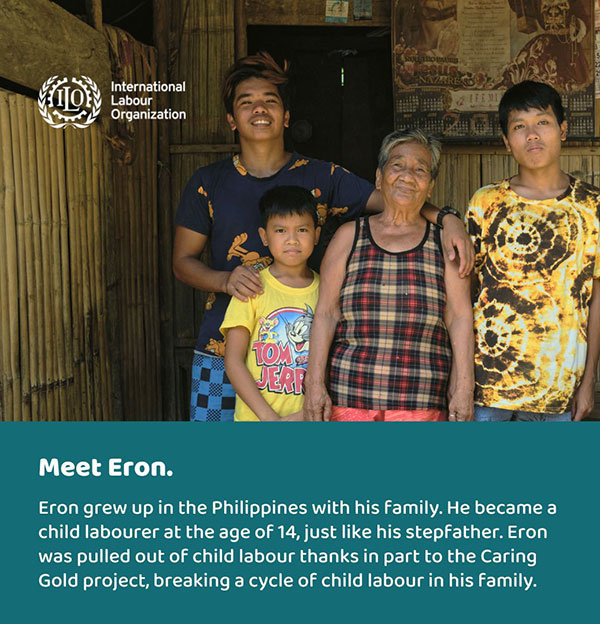Success Stories

Breaking the Cycle of Intergenerational Child Labor in the Philippines

See you at my "playground":
Tackling child labor in gold mining
Learn how the CARING project is tackling the consequences of climate change and child labor in the Philippines, while improving working conditions in artisanal and small-scale gold mining.
